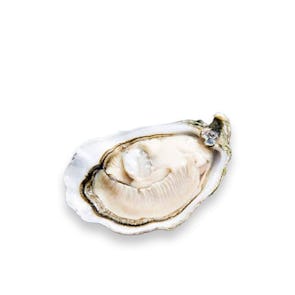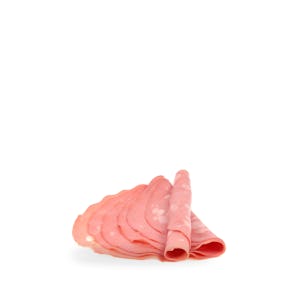3.6

Tasting notes from the Curator
This cava has a bright gold colour with green tinges and threads of fine bubbles. On the nose, it is fresh and inviting mainly reminiscent of bramley apples with a touch of biscuit. The taste combines citrusy flavours and hazelnut finishing with an almost creamy texture. We believe that these are the hallmark of a wine made with great attention both in the vineyard and the winery.
Pairings
This Spanish Cava pairs well with dishes that makes use of lean fish such dover sole and sea bass. If you’d like to go all out for Spanish dinner, bring out this bottle and serve some good Spanish tapas, Iberico ham and paella. Mexican fare and red bean chili also works surprisingly well.
What to know about Cava
What is cava? Cava is made the same way that Champagne is produced, but with different grapes. Macabeo s the primary grape used in Cava production. It has faint floral aromatics, a lemony flavor with a slightly bitter finish that tastes similar to green almonds. Xarello, also an important Cava grape, gives off the rich floral aromas and somewhat pear or melon notes. Parellada, the last grape, is blended for its ripping high acidity and zesty citrus flavors. Together the three Spanish grapes create a balanced fruity sparkling wine that’s less sweet than Prosecco but not as nutty as Vintage Champagne.
Taste Profile
Technical Sheet
Storage Instructions
Fine sparkling wine must be handled with care. For short-term storage (a few days to a month), you can keep your bottle upright—but away from bright or artificial light. For long-term storage, especially for vintage cuvées, you must store the bottles on their side in a wine rack or cellar to keep the cork from drying out. The ideal temperature for storage is between 7 to 10°C. Once opened, a bottle will be good for 1 to 3 days standing upright in the refrigerator.













